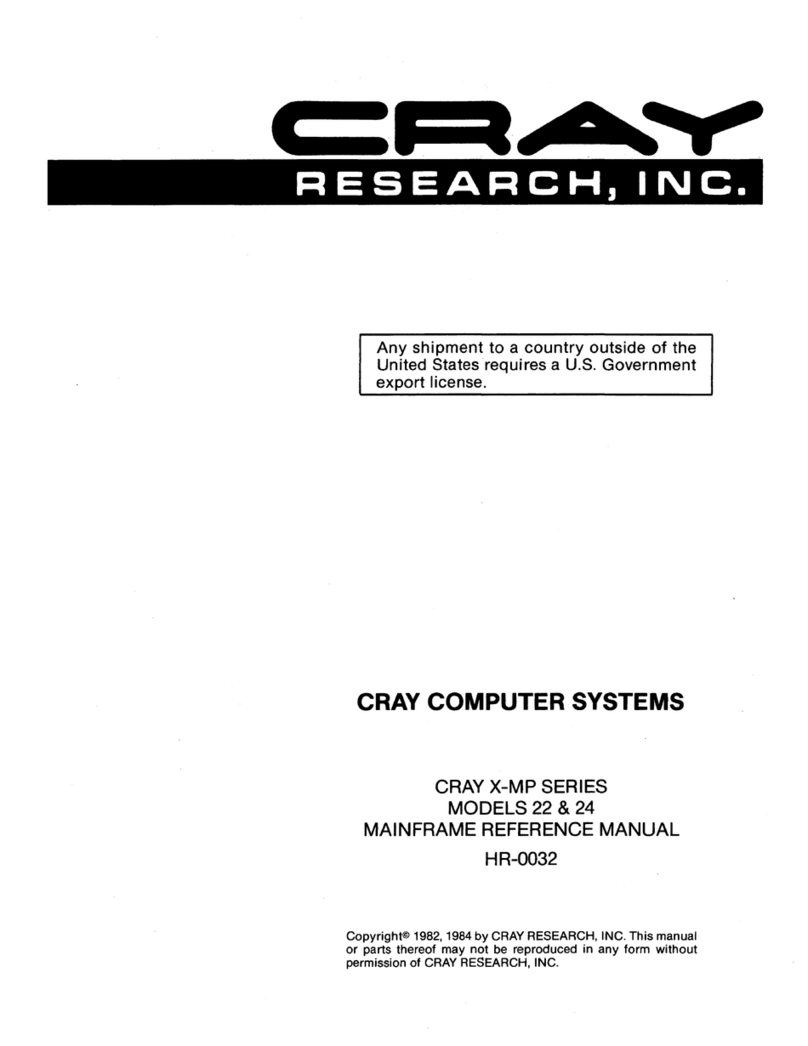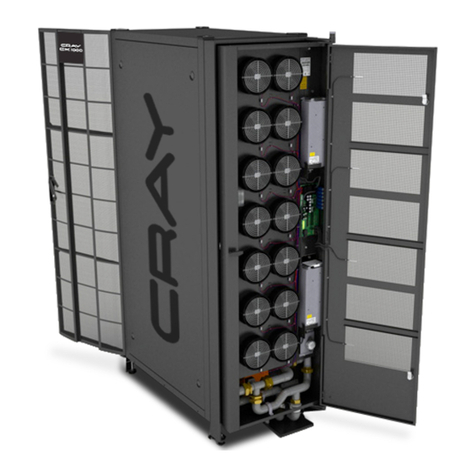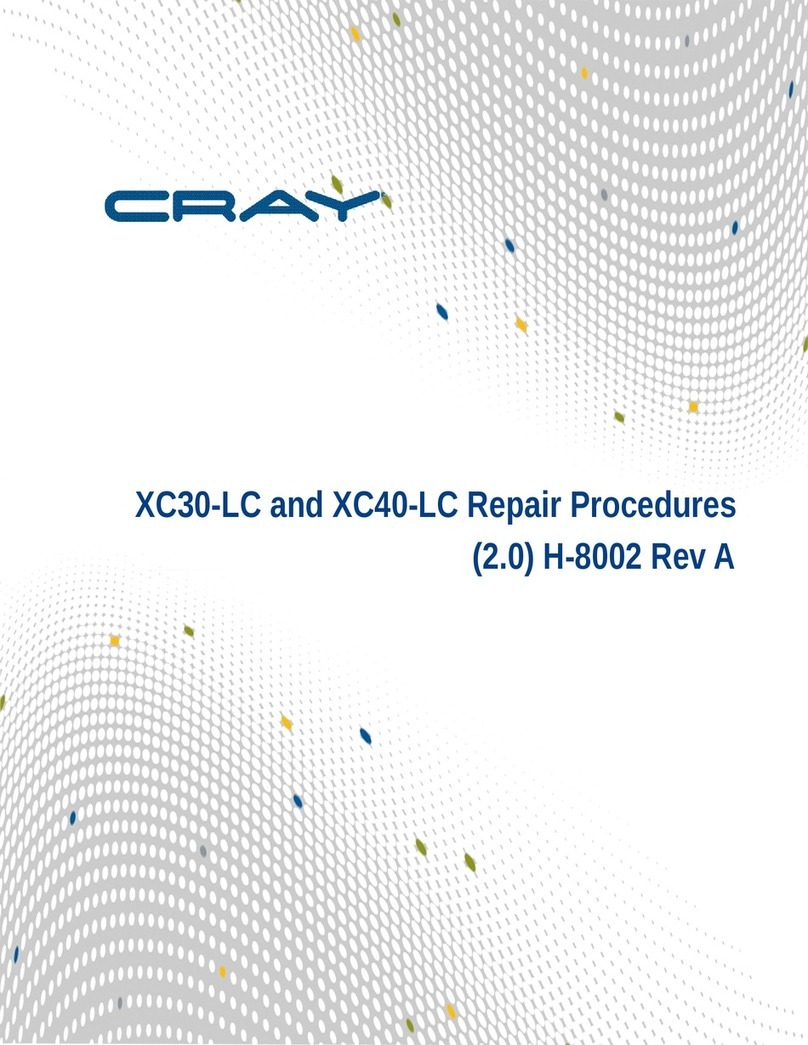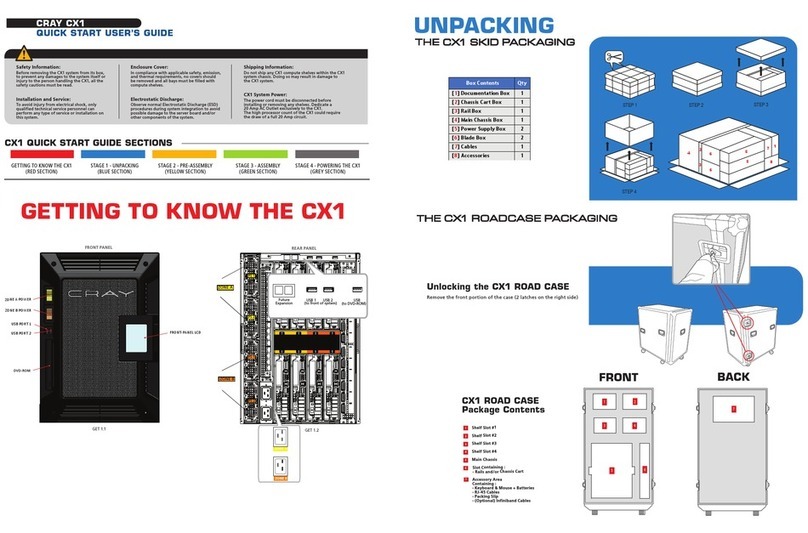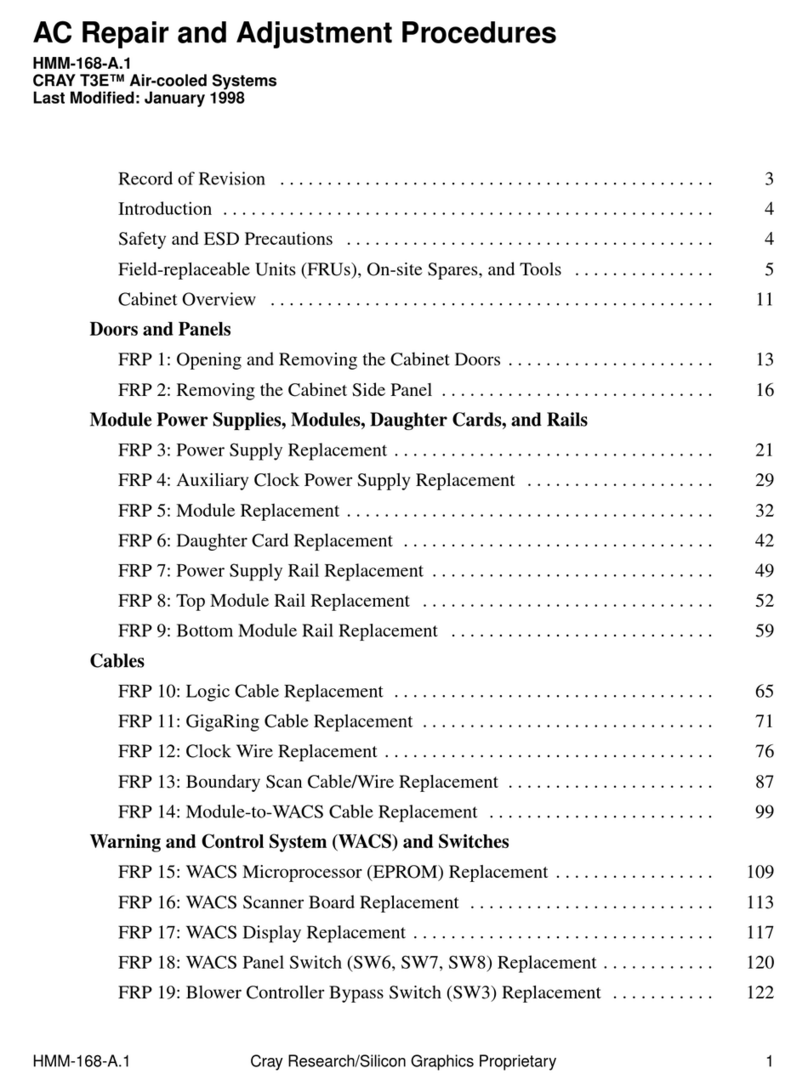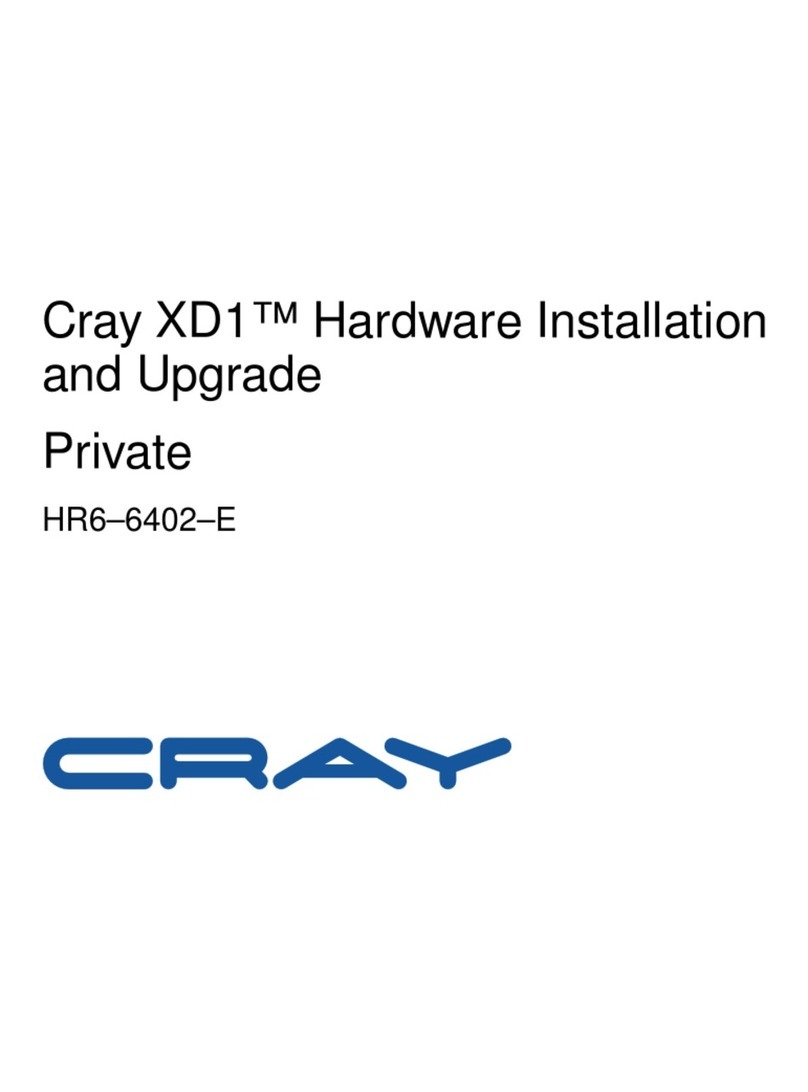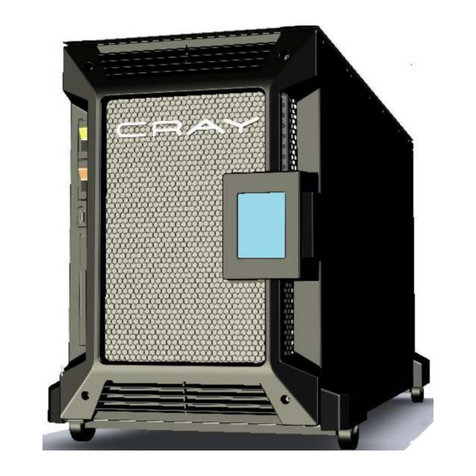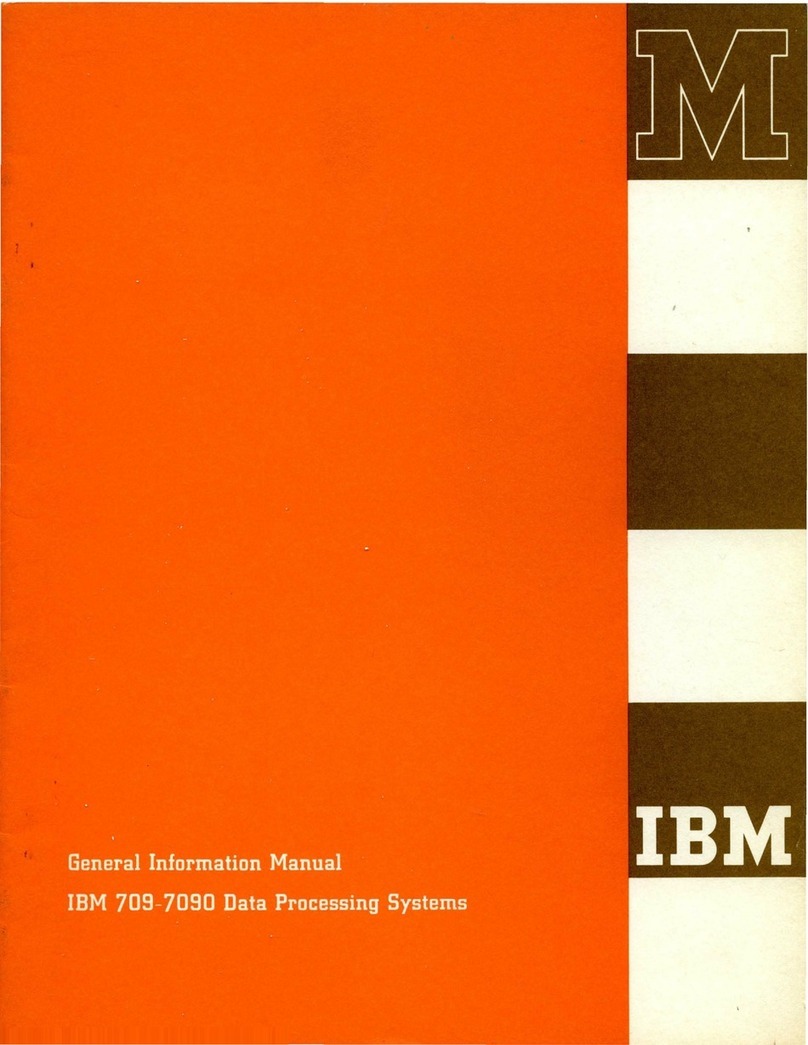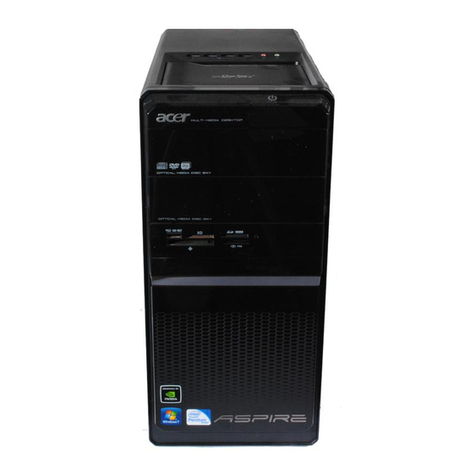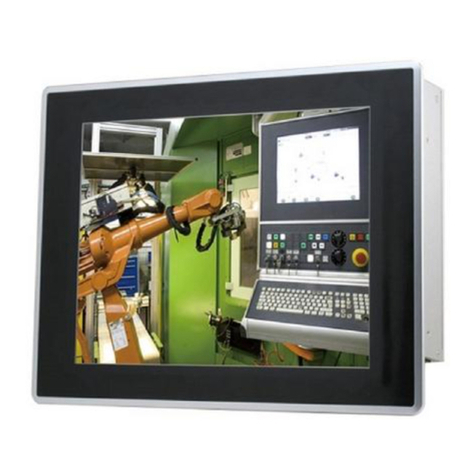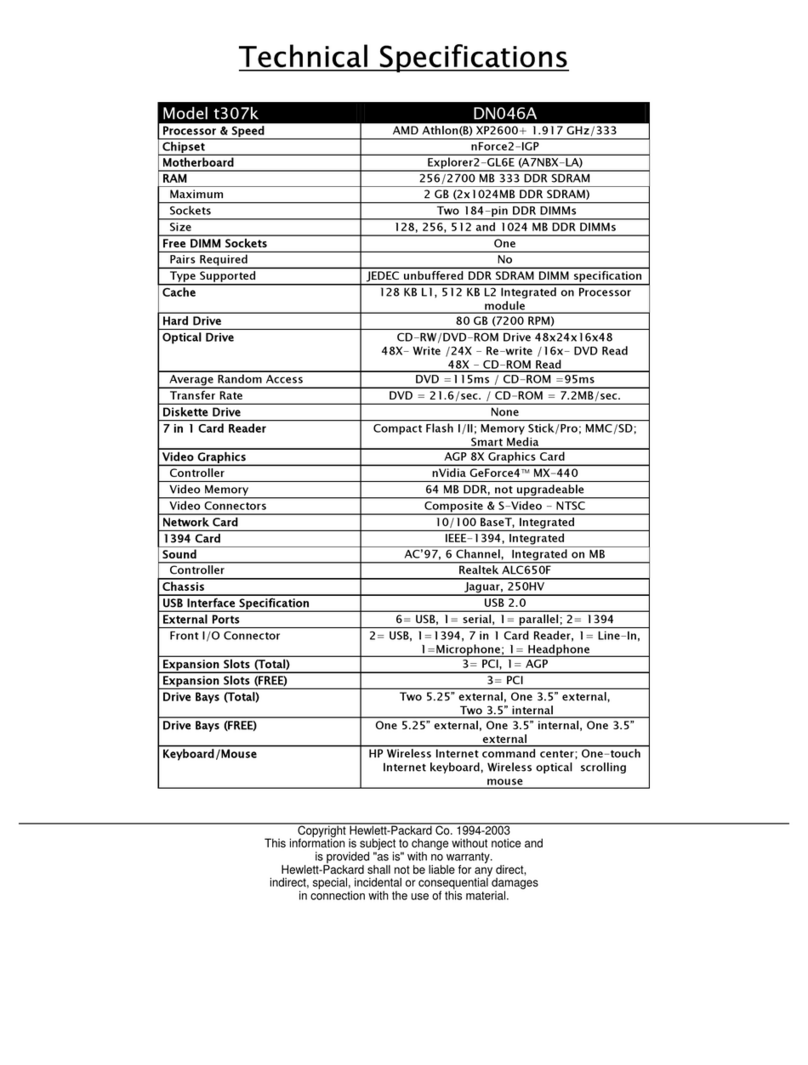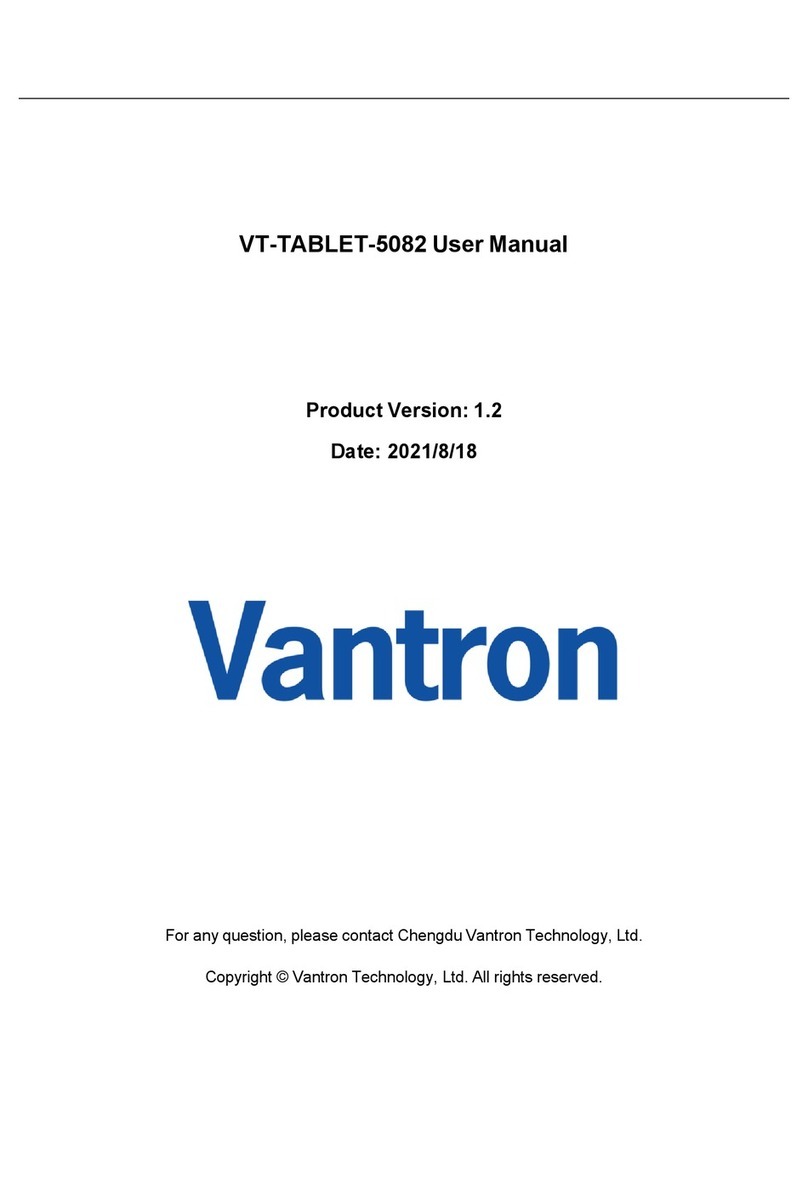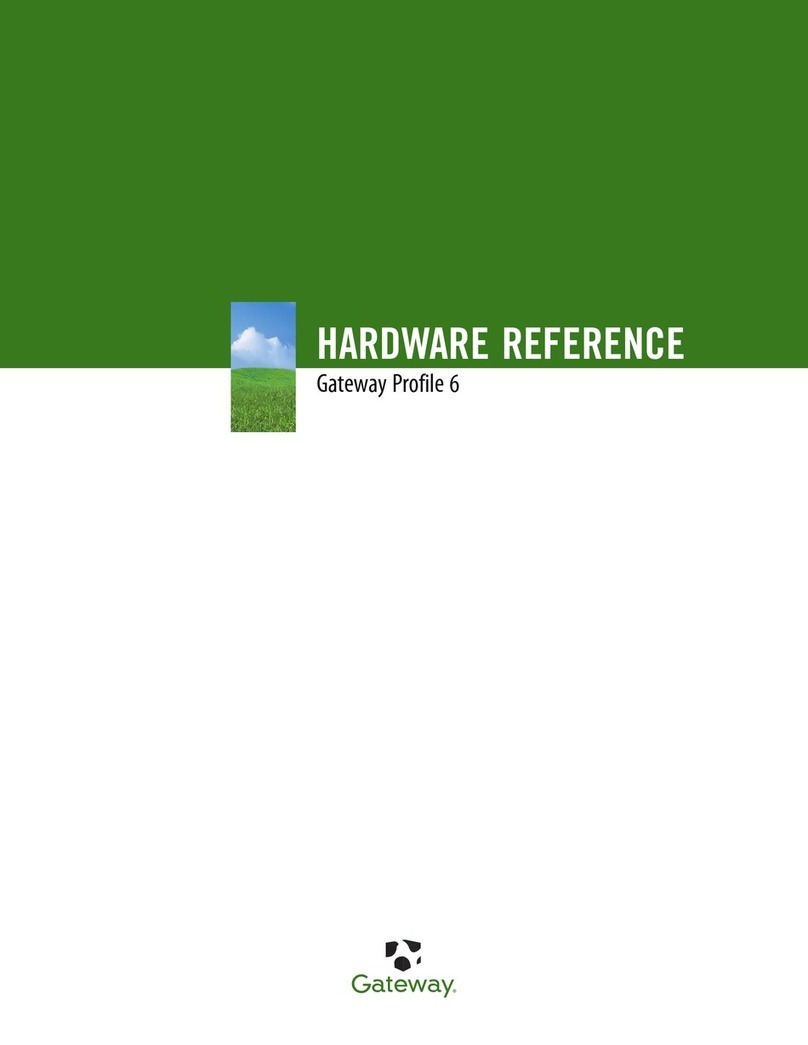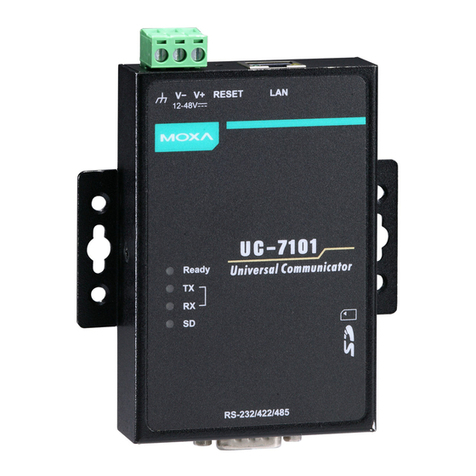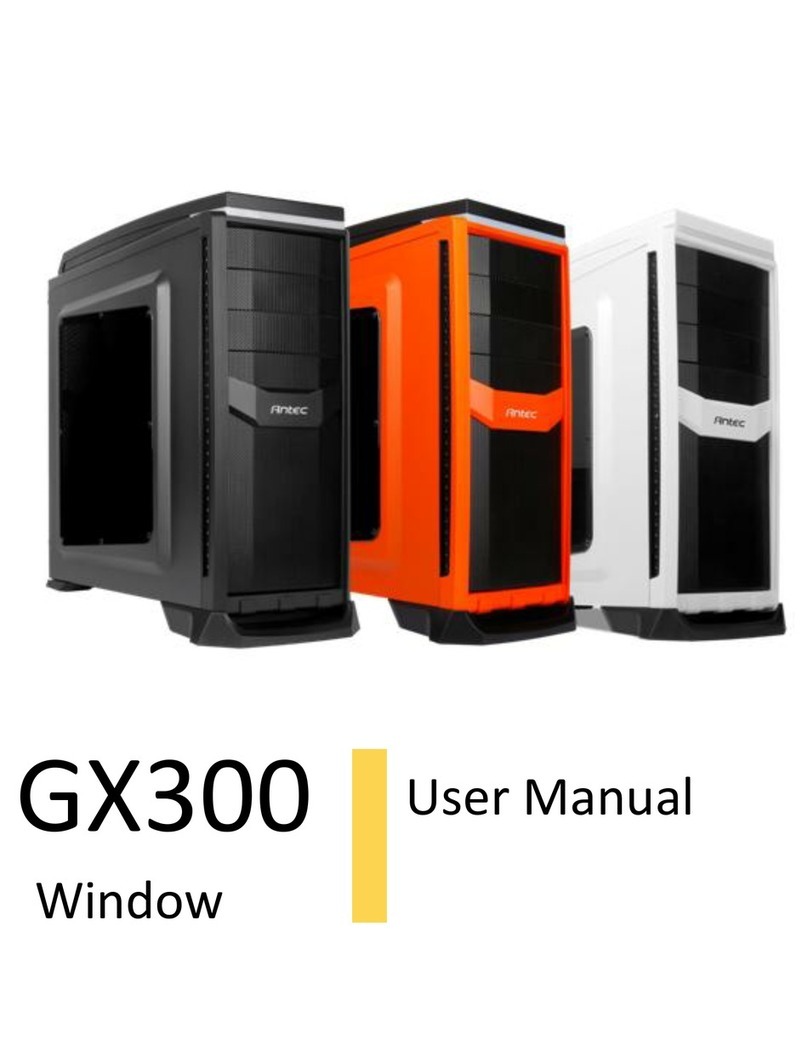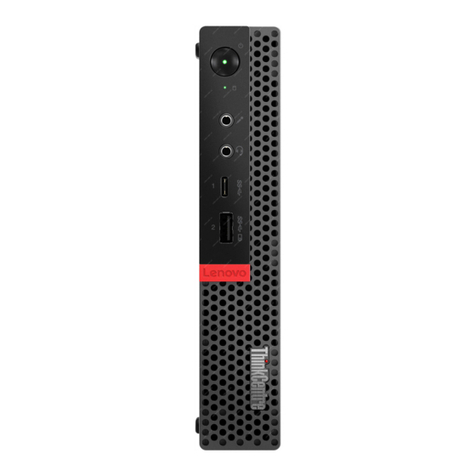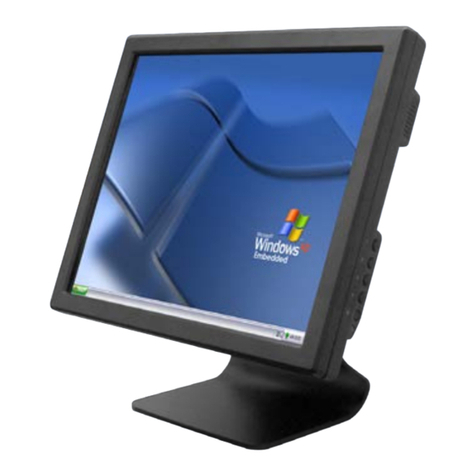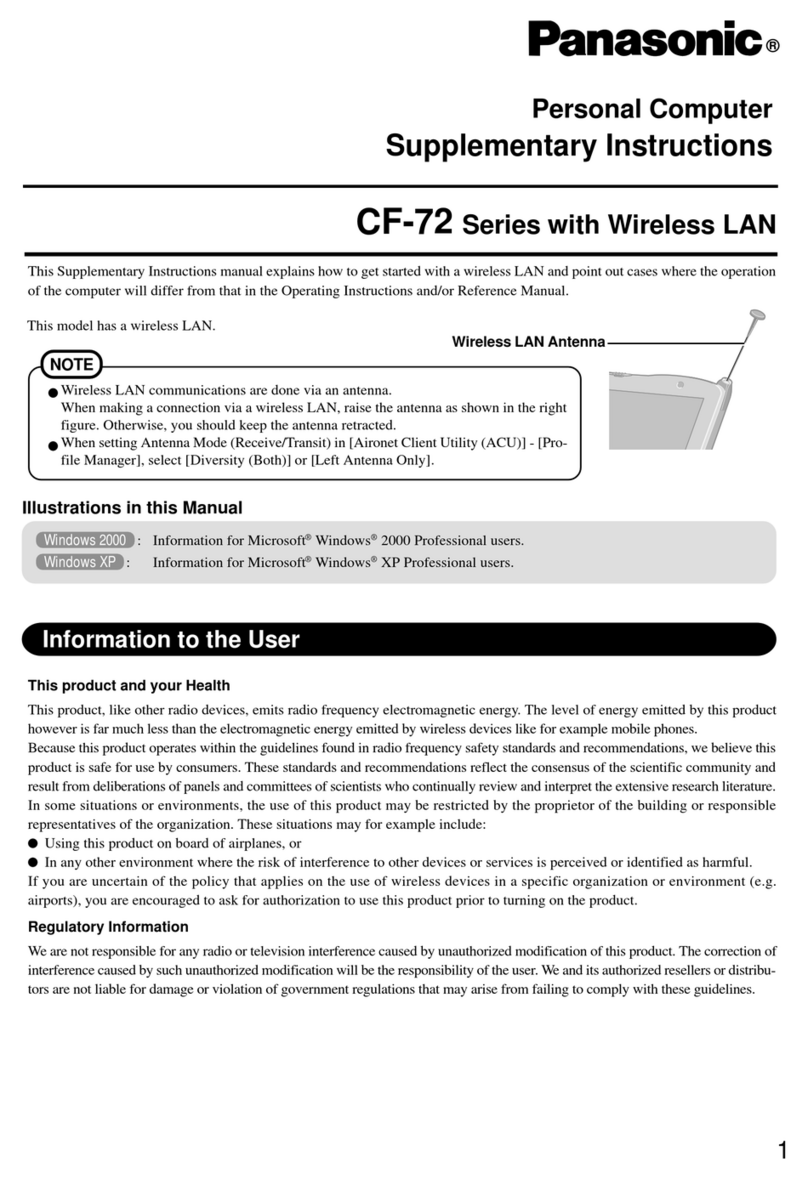Cray X-MP User manual

RESEARCH,
INC.
CRAY
X-MP
AND
CRAY-1®
COMPUTER
SYSTEMS
IOS
TABLE
DESCRIPTIONS
INTERNAL
REFERENCE
MANUAL
SM-0007
Copyright©
1983,
1984
by
CRAY
RESEARCH,
INC.
This
manual
or
parts
thereof
may
not
be
reproduced
in
any
form
without
permission
of
CRAY
RESEARCH,
INC.

RECORD
OF
REVISION
RESEARCH,
INC.
PUBLICATION
NUMBER
SM-0007
Each
time
this
manual
is
revised
and
reprinted,
all
changes
issued
against
the
previous
version
in
the
form
of
change
packets
are
incorporated
into
the
new
version
and
the
new
version
is
assigned
an
alphabetic
level.
Between
reprints,
changes
may
be
issued
against
the
current
version
in
the
form
of
change
packets.
Each
change
packet
is
assigned
a
numeric
designator,
starting
with
01
for
the
first
change
packet
of
each
revision
level.
Every
page
changed
by
a
reprint
or
by
a
change
packet
has
the
revision
level
and
change
packet
number
in
the
lower
righthand
corner.
Changes
to
psrt
of
a
page
are
noted
by
a
change
bar
along
the
margin
of
the
page.
A
change
bar
in
the
margin
opposite
the
page
number
indicates
that
the
entire
page
is
new;
a
dot
in
the
same
place
indicates
that
information
has
been
moved
from
one
page
to
another,
but
has
not
otherwise
cnanged.
Requests
for
copies
of
Cray
Research,
Inc.
publications
and
comments
about
these
publications
should
be
directed
to:
CRAY
RESEARCH,
INC.,
1440
Northland
Drive,
Mendota
Heights,
Minnesota
55120
Revision
Description
May,
1983
-
Original
printing.
01
January,
1984
-
This
change
packet
brings
the
manual
into
agreement
with
version
1.13
of
COS.
02
October,
1984
-
This
change
packet
brings
the
manual
into
agreement
with
version
1.14
of
COS.
Changes
were
made
to:
Console
Support
Tasks
Shared
Memory,
I/O
Stream
Control
Table,
and
Station-shared
Logic
Memory.
Two
sections
were
also
added:
section
8,
User
Channel
Tables,
and
section
9,
DD-4
9
Disk
Tables.
SM-0007
11
02

PREFACE
This
publication
is
part
of
a
set
of
manuals
written
for
programmers,
analysts,
and
field
engineers
who
have
the
responsibility
of
installing,
debugging,
and
modifying
the
software
produced
by
Cray
Research,
Inc.
(CRI)
.
This
manual
describes
tables
for
the
portions
of
the
Cray
Operating
System
(COS)
executing
in
the
I/O
Subsystem.
Publications
in
this
set
that
describe
the
internal
design
of
COS
software
are:
SM-0017
SM—
0040
SM-0041
SM-0042
SM-0045
SM-
0046
SM-0072
t
FORTRAN
(CFT)
Internal
Reference
Manual
COS
EXEC/STP/CSP
Internal
Reference
Manual
COS
Product
Set
Internal
Reference
Manual
Front-End
Protocol
Internal
Reference
Manual
COS
Table
Descriptions
Internal
Reference
Manual
IOS
Software
Internal
Reference
Manual
COS
Simulator
(CSIM)
Internal
Reference
Manual
Manuals
in
the
set
that
define
procedures
and
external
features
or
tools
needed
for
installing
and
maintaining
CRI
software
are:
SM-0043
COS
Operational
Procedures
Reference
Manual
SM-0044
COS
Operational
Aids
Reference
Manual
SR-0073
COS
Simulator
(CSIM)
Reference
Manual
t
This
manual
is
available
only
on
tape.
See
your
CRI
site
analyst
for
information.
SM-0007
iii


CONTENTS
PREFACE
iii
1.
INTRODUCTION
1-1
2.
KERNEL
TABLES
AND
QUEUES
2-1
ACTIVITY
DESCRIPTOR
(AD@)
...
2-1
AMSG
DAL
QUEUE
(MIMDALQ)
2-3
BUFFER
MEMORY
DISK
BUFFER
ALLOCATE
TABLE
(BBDISK
BB@)
.....
2-4
BUFFER
MEMORY
MESSAGE
ALLOCATE
TABLE
(BBDAL
BB@)
2-5
BUFFER
MEMORY
SOFTWARE
STACK
ALLOCATE
TABLE
(BBSOFT
BB@)
...
2-6
C
PACKET
-
ERROR
CHANNEL
LOG
INFORMATION
(ER$)
2-7
CHANNEL
TO
IOP
CONVERSION
TABLE
(MATT)
2-8
CRT
CHANNEL
TABLE
(BCRT)
2-9
CRT
DEMON
INTERRUPT
QUEUE
(CRTQU)
2-10
CRT
I/O
QUEUES
(BIQU/BOQU)
2-11
CRT
TABLE
(TT@)
2-12
DAL
CHAIN
DESCRIPTOR
(EDES)
2-14
DEMONS
INDEX
TABLE
(DEMONS)
2-15
DISK
ACTIVITY
LINK
(DA@)
2-16
DISK
ACTIVITY
LINK,
EXECUTABLE
(KD@/DA@)
2-18
DISK
ACTIVITY
LINK,
MASTER
(KD@/DA@)
2-21
DISK
CONTROL
BLOCK
TABLE
(DCCB)
2-25
DISK
CONTROL
BLOCK
(DD@/DB@)
2-26
DISK
DEMON
QUEUE
(DISKQ)
2-30
DISK
ERROR
PACKET
(DE@)
2-31
DISK
STRIPED
GROUP
DEVICE
TABLE
(BD@)
2-33
PHYSICAL
UNIT
TABLE
(PUT@)
2-33
ERROR
LOG
BUFFER
TABLE
(ERRBUFF)
2-34
ERROR
LOG
TABLE
(ERRLOG)
....
2-35
EXPANDER
CHANNEL
DEVICE
TABLE
(EXPDCT)
2-37
I/O
BUFFER
CHAIN
DESCRIPTOR
(EBUF)
2-43
I/O
PROCESSOR
ID
TABLE
(EIDA)
2-44
IMMEDIATE
MESSAGE
QUEUE
(MIMMQ)
2-45
IMMEDIATE
TAPE
REQUESTS
QUEUE
(TIMQU)
2-46
INPUT
CHANNEL
TABLE
(CPI@)
2-47
OUTPUT
CHANNEL
TABLE
(CPO@)
2-48
IOP
MESSAGE
CHANNEL
QUEUES
FOR
ACOM
(MAAQ)
2-49
IOP
MESSAGE
CHANNEL
QUEUES
FOR
BCOM
(MBAQ)
2-50
IOP
TO
CHANNEL
CONVERSION
TABLE
(MATX)
2-51
KERNEL
CENTRAL
PROCESSOR
QUEUE
(ECPQ)
2-52
KERNEL
INTERRUPT
JUMP
TABLE
(EITB)
2-53
SM-0007
V
01

KERNEL
TABLES
AND
QUEUES
(continued)
LOCAL
MEMORY
BLOCK
HEADER
(MD@)
2-54
LOCAL
MEMORY
FREE
CHAIN
(EMEM)
2-55
OUTPUT
QUEUE
POINTER
TABLE
(MAOQ)
2-56
OVERLAY
TABLE
ENTRY
(OT@)
2-58
POPCELL
CHAIN
DESCRIPTOR
(MPOPCELL)
2-59
SOFTWARE
STACK
POINTERS
(ESCR
AND
ESMD)
2-60
STORAGE
MODULE
(SM@)
2-61
TAPE
DEMON
QUEUE
OF
REQUESTS
(BXQQ)
2-63
TDEMO
READ
REVERSE
REQUEST
QUEUE
(BYQQ)
2-64
TDEM1
PUSH
QUEUE
(TDMQ)
2-65
TIMER
QUEUE
HEADER
(RTCQUE)
2-66
Event
timer
entry
(TMR@)
2-66
TRACE
CONTROL
TABLE
(TLOC)
2-67
3.
CONCENTRATOR
TABLES
(LM@/DT@)
3-1
CONCENTRATOR
TABLE
(CT$ID)
3-1
DESCRIPTOR
TABLE
3-4
STREAM
DESCRIPTOR
(SD@)
3-6
4.
NSC
ACTIVITY
TABLES
4-1
FRONT-END
CHANNEL
ORDINAL
RESERVATION
TABLE
(COR@)
......
4-1
FRONT-END
CHANNEL
INFORMATION
TABLE
(FEI@)
4-2
INPUT
STATUS
BUFFER
(NSB@)
4-3
MESSAGE
PROPER
(MP@)
4-6
NSC
FRONT-END
ID
TABLE
(NID@)
4-7
NSCIO
TABLE
DEFINITION
(NIO@)
4-8
WRITE
REQUEST
LINK
(NWC@)
4-9
OUTPUT
FUNCTION
BUFFER
(NFB@)
4-10
5.
STATION
TABLES
(C$)
5-1
CONSOLE
DRIVER
TABLE
5-1
CONSOLE
SUPPORT
TASKS
SHARED
MEMORY
($C@/$D0/$F@/$L@/$T@/$B@)
.
5-2
DEBUG
DISPLAY
DESCRIPTOR
(DD@)
5-4
I/O
STREAM
CONTROL
TABLE
(IO@)
5-5
I/O
STREAM
STATE
TRANSITION
TABLE
ENTRY
(TR@/lOC@/IOS@)
....
5-7
KEYBOARD
COMMAND
TABLE
ENTRY
(CK@)
5-9
KEYBOARD
INPUT
CIRCULAR
BUFFER
(CB@)
5-10
LCP
DESCRIPTOR
TABLE
(DO@)
5-11
OPERATOR
STREAM
CONTROL
TABLE
(OP@)
5-12
PROTOCOL
TASK
LOCAL
MEMORY
(PT@)
5-13
S
PACKET
-
STATISTICS
(PKT$)
5-14
STATION
MESSAGE
MAP
ENTRY
(MP)
5-15
STATION
SHARED
BUFFER
MEMORY
(W@)
5-16
STATION
SHARED
LOCAL
MEMORY
(SS@)
5-17
SM-0007
vi
01

6.
BLOCK
MULTIPLEXER
TABLES
6-1
ALTERNATE
ACTIVITY
TABLE
(PRW@)
6-1
CHANNEL
PROGRAM
WORD
(CPW@)
6-2
CHANNEL
RESPONSE
WORD
(CRW@)
6-5
CHANNEL
TABLE
(CHT@)
6-9
CONTROL
UNIT
TABLE
(CUT@)
6-12
CONTROL-UNIT
BANK
TABLE
(CBT@)
6-14
CONTROL
WORD
LIST
HEADER
(IAW@)
6-15
DEVICE
BANK
TABLE
(DBT@)
6-16
DEVICE
TABLE
(BDV@)
6-17
7.
TAPE
EXEC
TABLES
7-1
BLOCK
OR
RECORD
CONTROL
WORD
DESCRIPTION
(CW@)
7-1
DATA
STREAM
CONTROL
TABLE
(CU@/NX@/BF@)
7-3
READ
REVERSE
BUFFER
TABLE
(RB@)
7-7
TAPE
CONTROL
BLOCK
(DC@)
7-8
TAPE
ERROR
PACKET
(EP@)
7-14
TAPE
REQUEST
PACKET
(TQ@)
7-18
XIOP-BIOP
PACKET
DEFINITIONS
7-25
8.
USER
CHANNEL
TABLES
8-1
USER
CHANNEL
TABLE
(UC@)
8-1
USER
CHANNEL
REQUEST
PACKET
(CR@)
8-6
Open
function
8-8
Close
function
8-8
Read
and
write
functions
8-9
Driver
function
8-10
9.
DP-
4
9
DISK
TABLES
9-1
DD-49
DISK
REQUEST
PACKET
(DL@)
9-1
DD-49
DISK
CONTROL
BLOCK
(DK@)
9-3
LOCAL
BUFFER
ENTRY
(LB@)
9-7
BUFFER
MEMORY
CONTROL
BLOCK
(CB@)
9-8
DATA
TRANSFER
REQUEST
(TR@)
9-10
ABORT
TRANSFER
REQUEST
(AR@)
9-11
DD-49
DISK
ERROR
MESSAGE
(EM@)
9-12
DD-49
RETRY
COUNT
TABLE
(R@)
9-15
DD-49
DISK
DEMON
QUEUE
9-17
IOP
MESSAGE
CHANNEL
QUEUE
FOR
ICOM
(MIAQ)
9-18
MEMIO
DEMON
QUEUES
9-19
TRANSFR
DEMON
QUEUE
9-20
SM-0007
vii
02

TABLE
7-1
Sense
byte
descriptions
7-15
INDEX
SM-
0007
viii
Q2

INTRODUCTION
1
The
tables
and
queues
in
this
manual
are
organized
and
labeled
according
to
the
I/O
Subsystem
software
divisions
they
primarily
serve.
The
divisions
and
associated
labels
(K,
C,
N,
S,
B,
T)
follow.
K
Kernel
tables
and
queues
C
Concentrator
tables
N
NSC
activity
tables
S
Station
tables
B
Block
multiplexer
tables
T
Tape
Exec
tables
The
format
for
tables
in
this
manual
is
variable
because
all
tables
are
not
constructed
in
the
same
way.
For
example,
field
names
(assigned
with
the
FIELD
macro)
are
present
for
all
of
the
station
tables
but
for
few
of
the
Kernel
tables.
Also,
while
most
tables
are
based
on
16-bit
parcels,
a
few
are
constructed
of
64-bit
words.
Similarly,
the
parcel
numbers
in
Kernel
tables
are
defined
in
octal;
the
parcel
numbers
for
most
other
tables,
however,
are
given
in
decimal.
SM-0007
1-1


KERNEL
TABLES
AND
QUEUES
Kernel
tables
and
queues
in
this
section
are
used
in
all
of
the
I/O
Processors
in
an
I/O
Subsystem
unless
otherwise
noted.
ACTIVITY
DESCRIPTOR
(AD3)
An
Activity
Descriptor
contains
control
information
about
an
activity
that
is
necessary
to
the
Kernel.
The
Kernel
establishes
an
Activity
Descriptor
in
the
free
memory
section
of
Local
Memory
for
each
activity
when
that
activity
is
created.
The
Activity
Descriptor
remains
in
Local
Memory
until
the
activity
terminates.
Field
AD@QL
AD@AL
AD@PRI
AD@MSU
AD@MSL
AD@SIZ
ADgSMD
ADQFLG
Parcel
0
1
2
3
5
6-7
10
11
11
Bits
0-15
0-15
0-15
0-15
0-15
0-15
0-15
0-15
0-15
1
Description
Link
for
queues
Link
to
existing
Activity
Descriptors
Priority
of
activity
Buffer
Memory
address
(high-order
bits)
of
software
stack
if
not
resident
Buffer
Memory
address
(low-order
bits)
of
software
stack
if
not
resident
Size
of
software
stack
in
64-bit
words
Unused
Link
to
next
storage
module
to
activate,
if
activity
is
idle.
If
activity
is
executing,
this
parcel
is
a
link
to
the
current
SMOD.
Flags:
Activity
type:
0
Normal
activity
1
Demon
activity
SM-0007
2-1

Field
Parcel
Bits
AD@FU
12
0-15
AD@RC
13
0-15
AD@Pl
14
0-15
AD@P2
15
0-15
AD@P3
16
0-15
AD@P4
17
0-15
AD@NM
20-23
0-15
Description
Reserved
for
function
code
of
current
request
Response
code
on
Kernel
calls
Parameter
1
save
cell
on
service
requests
Parameter
2
save
cell
on
service
requests
Parameter
3
save
cell
on
service
requests
Parameter
4
save
cell
on
service
requests
ASCII
name
of
root
overlay
SM-0007
2-2
01

AMSG
DAL
QUEUE
(MIMDALQ)
This
queue
is
a
linked
list
of
Disk
Activity
Links
(DALs)
containing
messages
to
be
processed
by
the
AMSG
overlay.
Parcel
Bits
Description
0
0-15
Pointer
to
first
DAL
on
this
queue
1
0-15
Pointer
to
last
DAL
on
this
queue
2
0-15
Count
of
DALs
on
queue
SM-0007
2-3

BUFFER
MEMORY
DISK
BUFFER
ALLOCATE
TABLE
(BBPISK
BBQ)
This
table
controls
allocation
of
disk
buffers
in
Buffer
Memory.
Each
processor
has
a
reserved
area
in
Buffer
Memory
for
its
buffers.
Field
BBQIND
Word
Bits
0-15
Description
Bit
map
search
index.
This
index
allows
a
circular
scan
of
the
bit
map
and
thus
circular
allocation
of
disk
buffers.
BB@USE
BB@TOT
BB@MAP
0-15
0-15
0-15
Number
of
disk
buffers
in
use
Number
of
disk
buffers
defined
Local
Memory
parcel
address
of
bit
map.
The
bit
map
contains
a
bit
for
each
defined
disk
buffer.
A
1
bit
indicates
a
buffer
available
for
assignment;
a
0
bit
indicates
a
buffer
in
use.
BB@SHF
BB§BAU
0-15
0-15
Disk
buffer
word
size
expressed
as
a
power
of
two
(High-order
bits)
Buffer
Memory
address
of
the
area
reserved
for
disk
buffers
for
this
IOP
BB@BAL
0-15
(Low-order
bits)
Buffer
Memory
address
of
the
area
reserved
for
disk
buffers
for
this
IOP
BB0LEN
Equate
defining
length
of
table
SM-0007
2-4

BUFFER
MEMORY
MESSAGE
ALLOCATE
TABLE
(BBDAL
BB@)
This
table
controls
allocation
of
message
packets
(DALs)
in
Buffer
Memory.
Each
processor
has
a
reserved
area
in
Buffer
Memory
for
its
message
packets.
Field
BB@IND
BB0USE
BB@TOT
BB@MAP
BB@SHF
BB0BAU
BB@BAL
Word
Bits
0-15
0-15
0-15
0-15
0-15
0-15
0-15
Description
Bit
map
search
index.
This
index
allows
a
circular
scan
of
the
bit
map
and
thus
circular
allocation
of
message
packets.
Number
of
message
packets
in
use
Number
of
message
packets
defined
Local
Memory
parcel
address
of
bit
map.
The
bit
map
contains
a
bit
for
each
defined
message
packet.
A
1
bit
indicates
a
packet
available
for
assignment;
a
0
bit
indicates
a
packet
in
use.
Message
packet
word
size
expressed
as
a
power
of
two
(High-order
bits)
Buffer
Memory
address
of
the
area
reserved
for
message
packets
for
this
IOP
{Low-order
bits)
Buffer
Memory
address
of
the
area
reserved
for
message
packets
for
this
IOP
BBQLEN
Equate
defining
length
of
table
SM-0007
2-5

BUFFER
MEMORY
SOFTWARE
STACK
ALLOCATE
TABLE
(BBSOFT
BBQ)
This
table
controls
allocation
of
software
stacks
in
Buffer
Memory.
Each
processor
has
a
reserved
area
in
Buffer
Memory
for
its
software
stacks.
Field
BBQIND
BB@USE
BB@TOT
BB@MAP
BB@SHF
BBQBAU
BB@BAL
BBQLEN
Word
Bits
0-15
0-15
0-15
0-15
0-15
0-15
0-15
Description
Bit
map
search
index.
This
index
allows
a
circular
scan
of
the
bit
map
and
thus
circular
allocation
of
software
stacks.
Number
of
software
stacks
in
use
Number
of
software
stacks
defined
Local
Memory
parcel
address
of
bit
map.
The
bit
map
contains
a
bit
for
each
defined
disk
buffer.
A
1
bit
indicates
a
buffer
available
for
assignment;
a
0
bit
indicates
a
buffer
in
use.
Disk
buffer
word
size
expressed
as
a
power
of
two
(High-order
bits)
Buffer
Memory
address
of
the
area
reserved
for
software
stacks
for
this
IOP
(Low-order
bits)
Buffer
Memory
address
of
the
area
reserved
for
software
stacks
for
this
IOP
Equate
defining
length
of
table
SM-0007
2-6

C
PACKET
-
ERROR
CHANNEL
LOG
INFORMATION
(ER$)
This
request
for
error
information
to
log
is
output
to
the
mainframe
only.
Label
Parcel
Description
0
Destination
(DA@DID)
1
Source
(DA@SID)
2
Unused
ER$ST0
ER$ST1
ER$ST2
ER$ST3
Type
:
1
Memory
error
2
Disk
error
3
Turns
off
error
logging
4
Turns
on
error
logging
5
Tape
error
Status
:
1
BIOP
Local
Memory
error
2
IOP-2
Local
Memory
error
4
I0P-3
Local
Memory
error
10
Buffer
Memory
error
20
Central
Memory
error
40
100
Mbyte
channel
input
A
error
100
100
Mbyte
channel
output
B
error
200
100
Mbyte
channel
input
C
error
400
100
Mbyte
channel
output
D
error
First
error
parameter.
The
value
varies
according
to
the
type
of
error
being
reported.
(See
section
3
of
the
I/O
Subsystem
Reference
Manual,
CRI
publication
HR-0030.)
Second
error
parameter.
For
a
Buffer
Memory
or
Central
Memory
error,
this
field
contains
the
low-order
16
bits
of
the
error
address.
Otherwise,
it
is
0.
Third
error
parameter.
For
a
Buffer
Memory
or
Central
Memory
error,
this
field
contains
the
high-order
bits
of
the
error
address.
Otherwise,
it
is
0.
i-23
Unused
SM-0007
2-7

CHANNEL
TO
IOP
CONVERSION
TABLE
(MATT)
This
table
translates
a
channel
into
a
logical
I/O
Processor
identifier.
It
is
set
up
at
initialization
to
reflect
the
I/O
Processor
in
which
it
resides.
Parcel
Bits
Description
0-15
For
MIOP,
contains
a
value
of
1
to
translate
channel
6
to
BIOP
0-15
0-15
For
MIOP,
contains
a
value
of
2
to
translate
channel
10g
to
DIOP
For
MIOP,
contains
a
value
of
3
to
translate
channel
12g
to
XIOP
SM-0007
2-8

CRT
CHANNEL
TABLE
(BCRT)
The
CRT
Channel
Table
comprises
a
series
of
pointers
that
locate
the
CRT
Table
for
each
channel
pair
defined.
The
channel
pairs
are
represented
in
octal.
Pa
reel
Bits
Description
0
0-15
Address
of
CRT
Table
for
channel
pair
40-41,
CRT
A
1
0-15
Address
of
CRT
Table
for
channel
pair
42-43,
CRT
B
2
0-15
Address
of
CRT
Table
for
channel
pair
44-45,
CRT
C
3
0-15
Address
of
CRT
Table
for
channel
pair
46-47,
CRT
D
SM-0007
2-9

CRT
DEMON
INTERRUPT
QUEUE
(CRTQU)
This
table
maintains
input
characters
from
the
IOP's
display/consoles
from
the
time
they
are
received
by
the
Kernel
interrupt
processor
until
the
CRT
demon
activity
(overlay
CRTDEM)
processes
them.
Parcel
Bits
Description
0
0-15
Address
of
start
of
queue
1
0-15
Address
of
end
of
queue
2
0-15
Current
entry
in
queue
3
0-15
Next
entry
in
queue
4
0-15
Entry
count
5
0-15
Overflow
count
6-15
0-7
Input
byte
in
ASCII,
if
channel
is
an
input
channel
8-15
Channel
number
SM-0007
2-10
This manual suits for next models
1
Table of contents
Other Cray Desktop manuals

